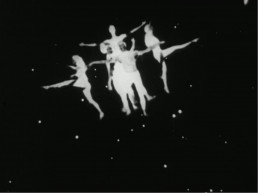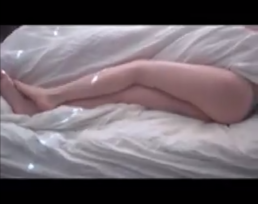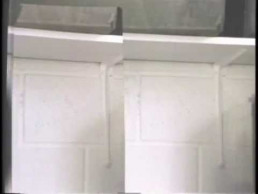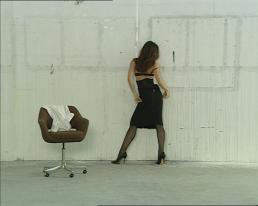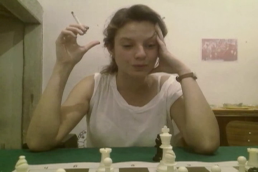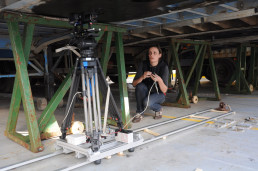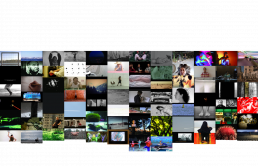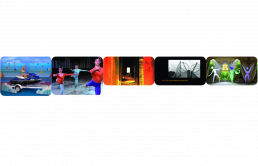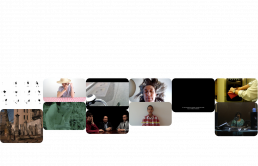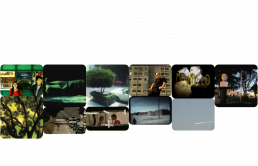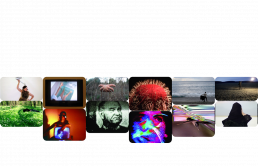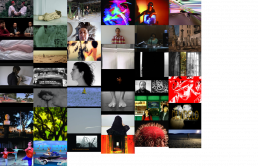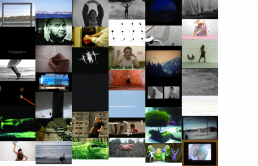“FUSO 2013 – 25 Agosto”
Museu Nacional de Arte Antiga (MNAA)
21h
APRESENTAÇÃO DO LIVRO
Théorie de l’art au XXe siècle: modernisme, avant-garde, néo-avant-garde, postmodernisme
Éditions l’Harmattan, prefácio de Jacinto Lageira, imagem de capa de Julião Sarmento (Crossing over, 1987). O livro resultou da edição portuguesa (Imprensa da Universidade de Coimbra, 2012).
Apresentação na sessão de encerramento por Jacinto Lageira e Delfim Sardo.
SESSÃO
Curadoria de Isabel Nogueira
Duração da sessão 48’13’’
Há precisamente 150 anos, Charles Baudelaire publicava no jornal Le Figaro o texto Le peintre de la vie moderne (1863). E aqui definiu a modernidade, identificando-a com o transitório e o fugidio. A modernidade enquanto experiência histórica e temporal, que parte da vida quotidiana para a tela, e posteriormente para a fotografia e para o cinema, ou seja, para o domínio artístico. A modernidade tem o seu começo primeiro na vida de todos os dias. E seria Baudelaire que, inclusivamente, tornaria célebre a figura do flâneur, esse fruidor moderno, imaginativo, melancólico em busca de emoções, cosmopolita, só na multidão.
O que propomos com esta sessão do FUSO é um centrar de atenção nas pequenas ações, nos detalhes aparentemente sem importância. Num olhar que é ele próprio ação e, naturalmente, sentimento e comunicação com o outro. Quer dizer, consigo.
Zacharias Gketsis, Footage from the very eye of night (Maya Deren, 1958), 2012, 4’30’’
Banda sonora Nicolas Jaar
Brooke Taylor, Maya Deren, 2011, 1’30”
Susana Mendes Silva, Ritual, 2006, 5’49”
Raquel Castro, Tudo para, mas o mundo continua, 2012, 4’37’’
Texto Mónica Coteriano
Gary Hill, Around & About, 1980, 4’45’’
Julião Sarmento, Dirty Diana, 2003, 11’24”
Daniel Blaufuks, Uma noite com Ana Moreira, 2003, 3’50’’
23h15
Curadoria de Jean-François Chougnet
Marie Reinert, Roll-On Roll-Off, 22’50’’
O termo “roll-on, roll-off” designa um tipo de cargueiro gigante para o transporte de veículos e contentores, de modo a que estes entrem e saiam do navio pelos seus próprios meios. Durante a residência em MARFRET, por iniciativa de Mécènes du Sud, Marie Reinart participou em quatro viagens entre Marselha e Argel.
A primeira passagem foi efetuada sem equipamento de gravação, para que ela pudesse ter uma ideia do contexto. A partir daí desenvolveu um processo de trabalho único, baseado em quatro objetivos principais: aproveitar todos os encontros casuais resultantes do projeto, entrando em áreas de trabalho e armadores, desenhando equipamentos de gravação que permitissem refletir as atividades do barco e usando o seu próprio corpo.
O filme investiga as entranhas do navio e examina essa arquitetura naval que, habitada ou desocupada, transforma marinheiros, estivadores e a artista. A gravação é fragmentada, provocando uma distorção dos espaços dos sistemas de distribuição just-in-time.
O filme foi produzido com o Grupo MARFRET criado em 1951 por Pierre Giraud e Claude Vidil, hoje dirigido por Raymond Vidil. É um dos 60 Ateliers de l’Euroméditerranée, programa de residência da Capital Europeia da Cultura, Marseille Provence 2013.
FUSO 2013 – August 25
Museu Nacional de Arte Antiga (MNAA)
9pm
BOOK PRESENTATION
Théorie de l’art au XXe siècle: modernisme, avant-garde, néo-avant-garde, postmodernisme
Éditions l’Harmattan, forewords by Jacinto Lageira, cover image by Julião Sarmento (Crossing over, 1987). The book resulted from the Portuguese edition (University of Coimbra Press, 2012).
Presented at the closing session by Jacinto Lageira and Delfim Sardo.
SESSION
Curatorship by Isabel Nogueira
Total running time 48’13’’
150 years ago, Charles Baudelaire published in Le Figaro the text Le peintre de la vie moderne (1863). And here he defined modernity by identifying it with the transitory and the ephemeral. Modernity as a historical and temporal experience, from daily life to the screen, and later to photography and cinema, that is, to the artistic domain. Modernity has its beginning in everyday life. And it would be Baudelaire who would even make famous the figure of the flâneur – cosmopolitan, modern, imaginative, melancholic – searching for emotions only in the crowd.
What we propose with this session is a focus of attention on small actions, in the seemingly unimportant details. In a look which is itself action and, of course, a feeling and way to communicate with others. I mean, with oneself.
Zacharias Gketsis, Footage from the very eye of night (Maya Deren, 1958), 2012, 4’30’’
Soundtrack Nicolas Jaar
Brooke Taylor, Maya Deren, 2011, 1’30”
Susana Mendes Silva, Ritual, 2006, 5’49”
Raquel Castro, Tudo para, mas o mundo continua, 2012, 4’37’’
Text Mónica Coteriano
Gary Hill, Around & About, 1980, 4’45’’
Julião Sarmento, Dirty Diana, 2003, 11’24”
Daniel Blaufuks, Uma noite com Ana Moreira, 2003, 3’50’’
11:15pm
Curatorship by Jean-François Chougnet
Marie Reinert, Roll-On Roll-Off, 22’50’’
The term “roll-on, roll-off” is used to describe a type of cargo ship for the transport of vehicles and containers, so they can enter and leave the ship by their own means. During the residence in MARFRET, on the initiative of Mécènes du Sud, Marie Reinart participated in four journeys between Marseilles and Algiers.
Her first crossing was “empty” – without any recording equipment – to allow her to get an idea of her surroundings. She then developed a unique work process based on four key principles: taking advantage of all the casual encounters resulting from the project, entering into work areas and corporations, designing recording equipment that reflected the boat’s stevedoring activities, and using her own body.
The film delves into the ship’s entrails and examines this naval architecture which, whether occupied or not, transforms sailors, stevedores and the artist herself. The recording is fragmented, causing a distortion of the spaces and just-in-time distribution systems.
The film was produced with the MARFRET Group created in 1951 by Pierre Giraud and Claude Vidil, managed today by Raymond Vidil. It’s one of the sixty «Ateliers de l’Euroméditerranée », residency program of the European Capital of Culture, Marseille Provence 2013.
